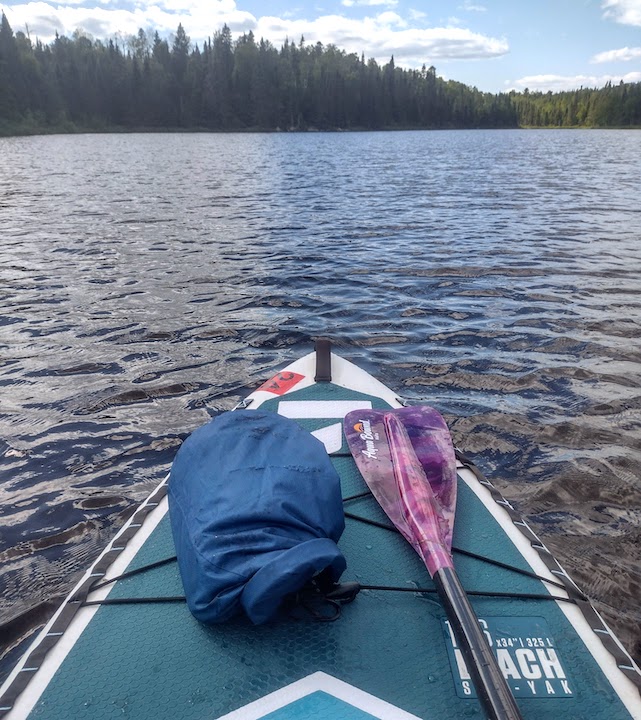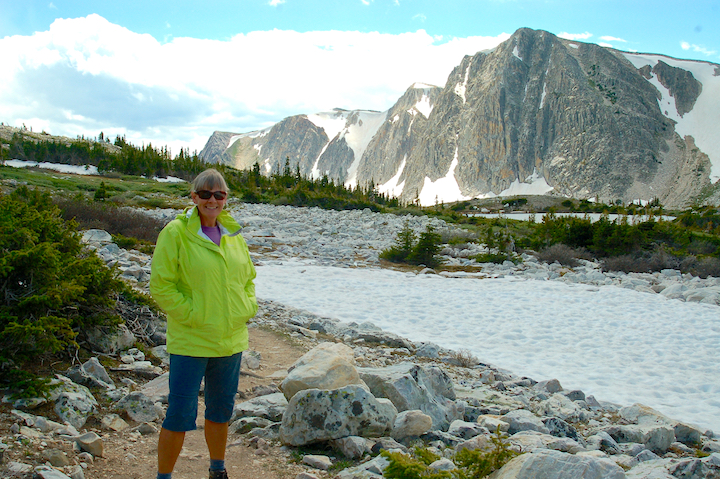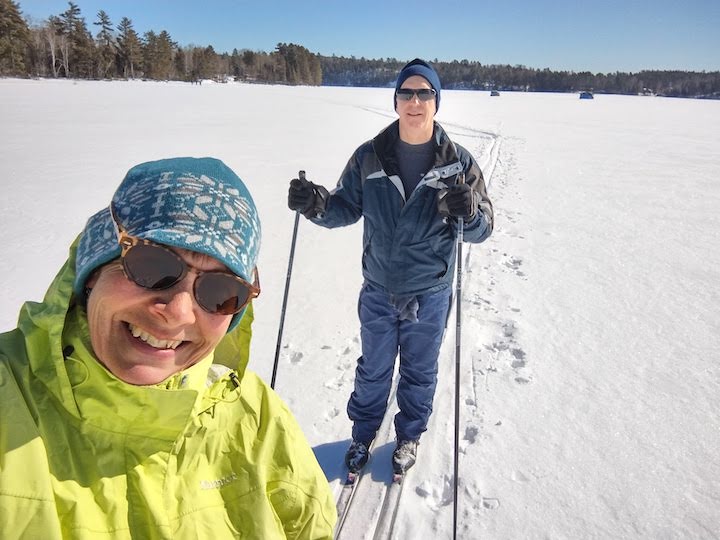“Exercise is considered the most effective, non-drug treatment for reducing pain and improving movement in patients with osteoarthritis,” says the Arthritis Foundation.

That was really good news for me back in 2015 when I was diagnosed with the beginnings of arthritis in my right foot.
I’d been experiencing shooting pains in my first metatarsophalangeal joint (in other words, my big toe joint).
Even though it’s not what I would’ve liked to hear, I was glad to know what was wrong so I could move forward. I got some custom orthotics soon after my diagnosis, and have been able to stay active ever since.
Why Exercise is Good for Arthritis
I asked the podiatrist several questions about running with arthritis. He encouraged me to get used to the orthotics first, then by all means to get out and try it. Let my feet be my guide as far as distance and intensity.
According to this article from MayoClinic.org, exercise is important for several reasons.
- It’s helps ease stiffness
- Keeps us flexible
- Helps maintain bone strength
- Gives us more energy
- Helps us sleep better
- It helps us control our weight (obesity is a high risk factor for arthritis)
The Arthritis Foundation recommends walking and aquatic exercises as especially good for most people who suffer from osteoarthritis. Other activities like biking, swimming, running and paddling are also good.

Activities like these use your whole body, improve circulation, provide cardio benefits, strengthen your muscles—all of which help with arthritis symptoms.
Don’t Aggravate Your Pain
Being aware of what aggravates pain will help you decide which activities to do and not do.
Here are some things I already knew aggravated my pain:
- Mounting a horse from the ground. When I mounted from the left side of the horse—ouch! It took me a few minutes to recover from the pain. I switched to a mounting block so I wouldn’t have to push off with my right foot.
- Pushing my cross-country ski boots into the bindings. I actually needed to stop skiing for a season. There was no way around that one.
- Sand volleyball. After playing for 45 minutes one afternoon, barefoot, my foot hurt for a good week.
- Sprinting. My husband and I were asked about playing co-ed softball that summer. I had to pass on that, too.
Since my arthritis is in my foot, the shoes I wear are key, although I suppose that’s true when it’s in your knees or hips too.
I was already used to wearing shoes all the time. My chiropractor suggested that to me back in 2008 when I first started seeing him for sciatica. No more barefoot in the house. No more cheap shoes with zero arch support.
My Arthritis Improved
I’ve been wearing either those custom orthotics or some other kind of arch support in my shoes ever since. The pain in my foot vastly improved and has been almost non-existent for several years now.

I can mount a horse from the ground again. I’ve been able to push my ski boots into my bindings without any trouble. I haven’t tried sand volleyball in a few years, but I imagine that would go much better, too. I don’t sprint anymore, haha…but probably could if I had to.
So, a combination of staying active and wearing good support has been the ticket for me.
Getting and Staying Active
The key is regularity. It’s important to keep your blood flowing, your joints moving and your muscles flexible.
If you’re not already doing some kind of activity, check with your doctor or physical therapist first for their recommendations. Then just keep at it once you’ve found an activity or two that work well for you without aggravating your pain.
The Arthritis Foundation, like the exercise experts, recommends: “150 minutes of moderate-intensity or 75 minutes of vigorous-intensity or an equivalent combination” each week.
Moderate-intensity activities are things like walking, light hiking or snowshoeing. Vigorous options include running, cross country skiing, hiking or snowshoeing hills.

You may find, like I did, that your pain decreases the more you keep your body moving. I hope it does! It’s so freeing to be able to keep up with the activities I love without the pain of the arthritis.
Isn’t it amazing how God designed our body to heal itself? While not everything can be solved through better lifestyle choices, many things can.
Here’s more…
- Dynamic vs Static Stretching: What You Need to Know
- Why Strength is Key to Optimal Health
- Good News about Moderate Exercise and Longevity
- 11 Wonderful Things in Our Natural World - February 6, 2025
- What Kind of Exercise Is Best? - January 10, 2025
- 116 Verses in the Bible that Talk About Light - December 10, 2024
